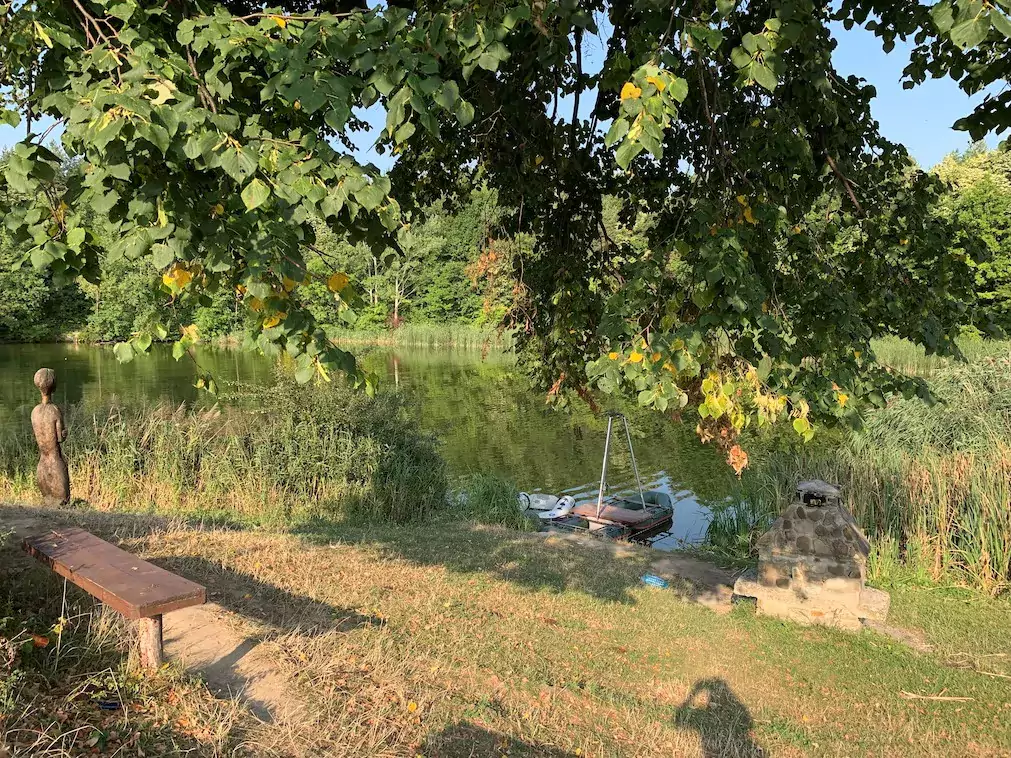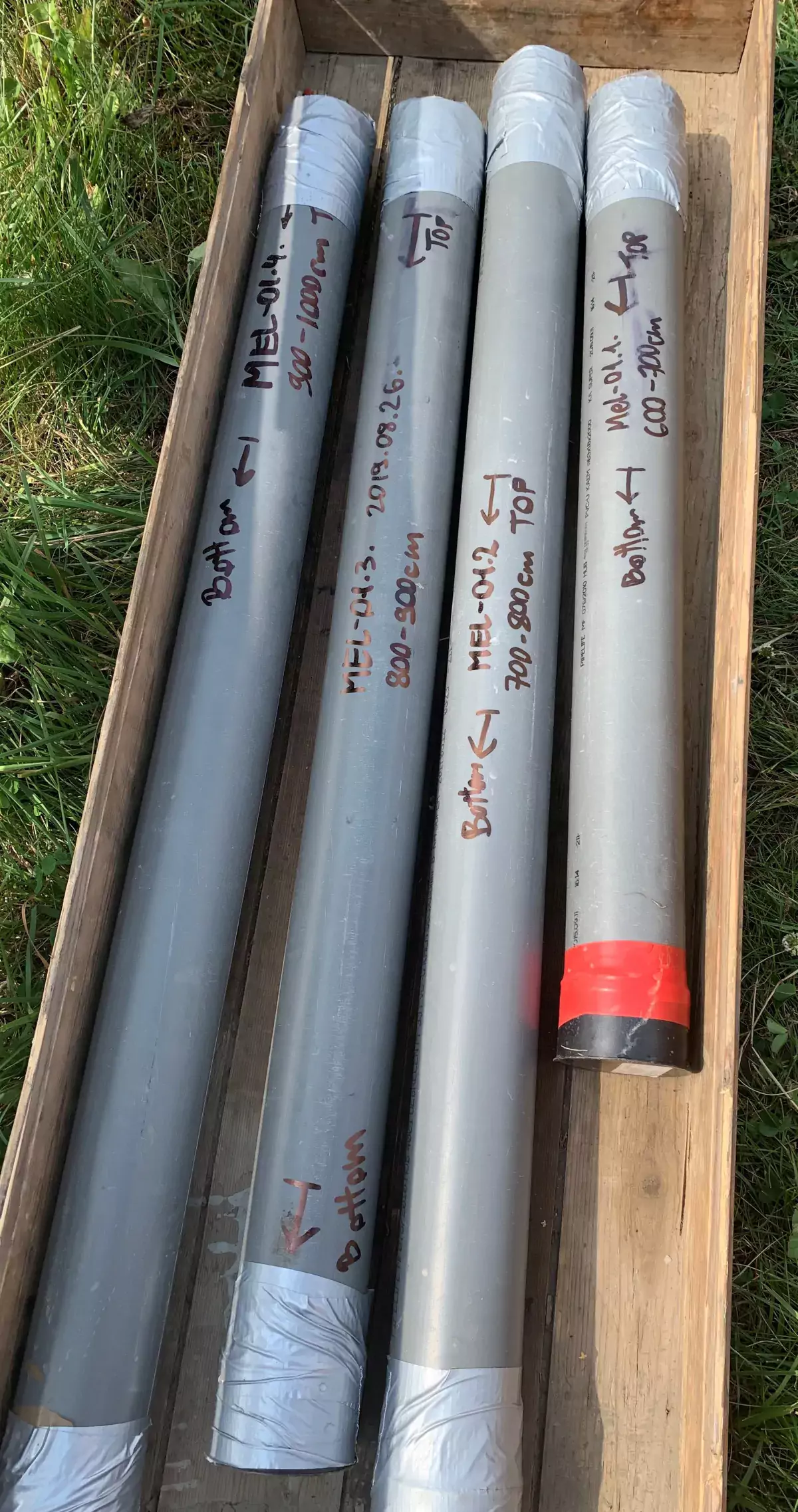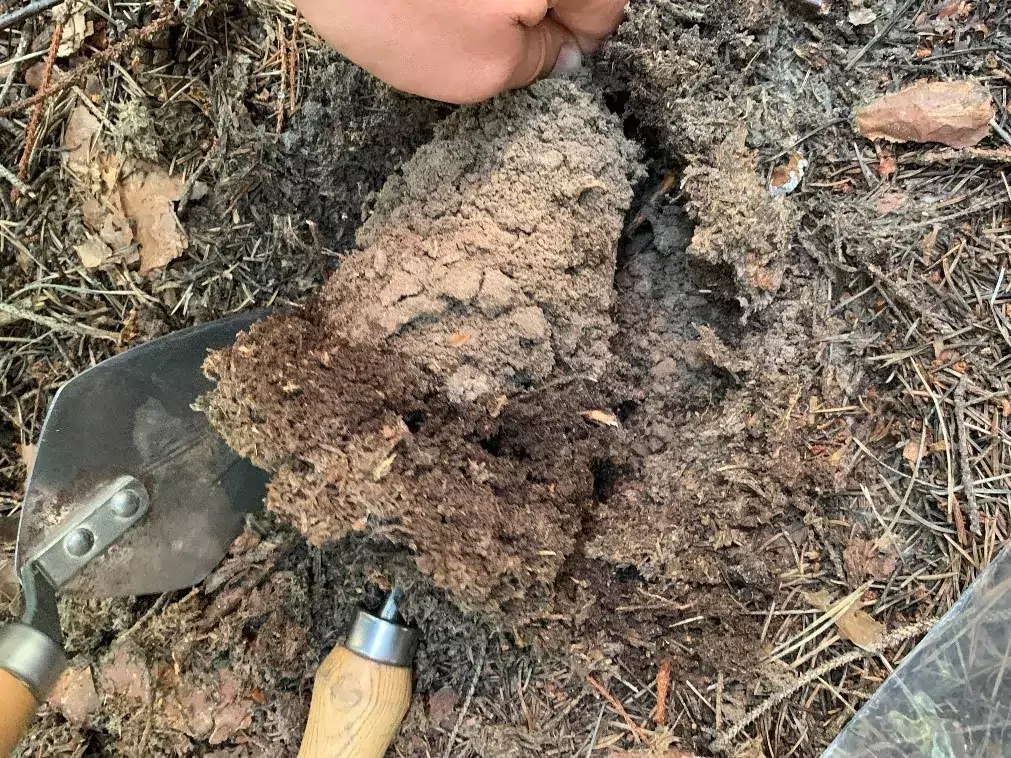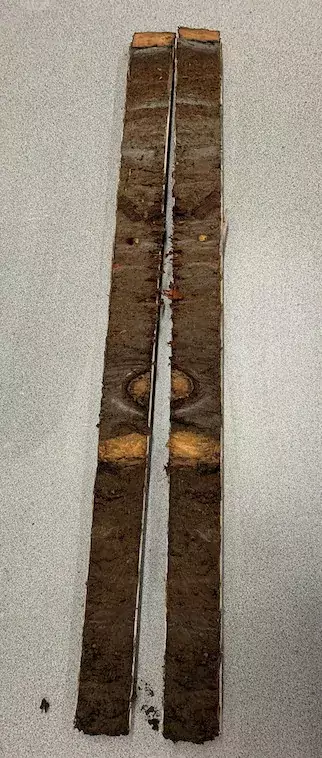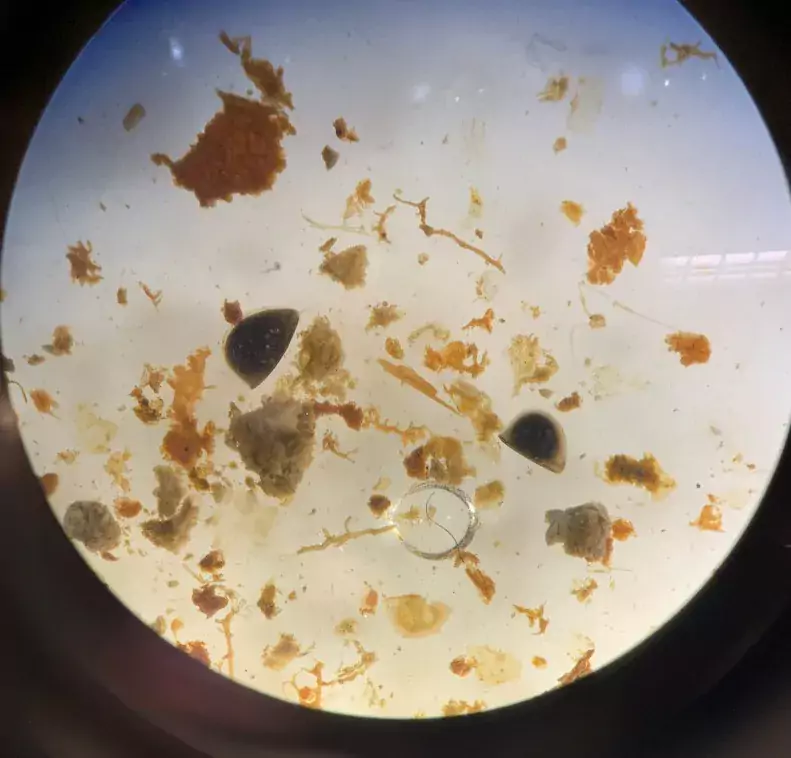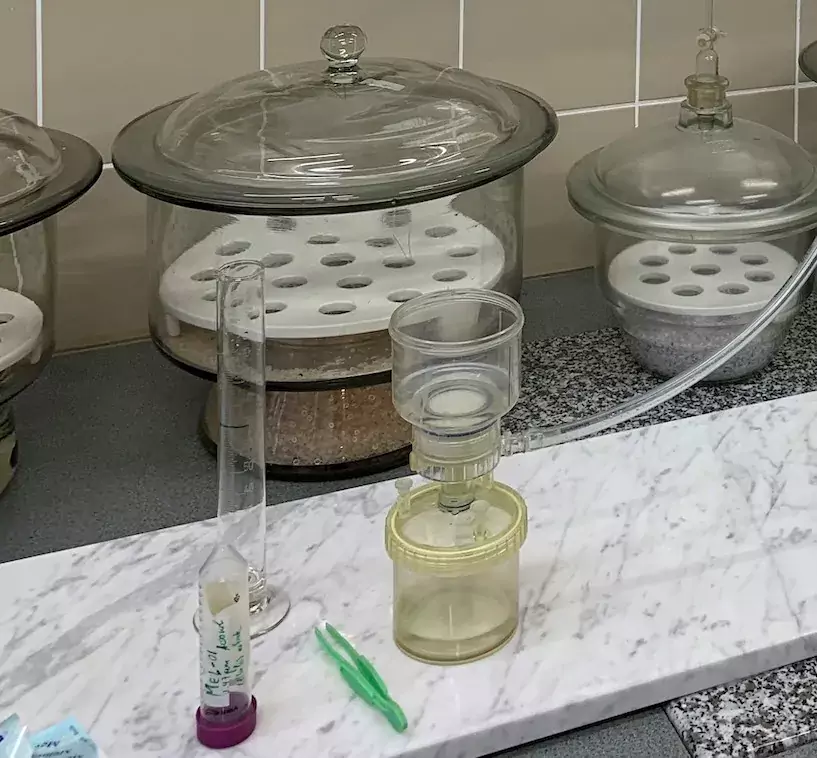To have a better understanding of the forces that led to the migration of the Yamnaya people we need to study the global climate of their time. Lake sediment forms from the weathering of rocks, soils and also the surrounding vegetation. Airborne dust and deposit from creeks may also contribute to sediment formation. All of the mentioned sediment forming factors are dependent on the environment and climate. Sediment accumulation is a function of time, so if we can take undisturbed samples, it is possible to reconstruct the environment of the past by analysing the sediment centimetre by centimetre. Several proxies have been developed for this purpose, but before any analysis can be done samples are needed.
Two lakes were selected in the Buzău Mountains based on a preparatory visit in May 2019. The lakes were chosen because they are close to the Yamnaya burial mound that was investigated by the YMPACT project during summer 2019. Our objective was to study the Holocene climatic and environmental changes (focusing in the middle Holocene) in this region. The first lake, Mocearu, is located at around 780 m above sea level, while the other one, the lake Meledic sited in the Meledic Plateau, is located at around 550 m above sea level. The main practical goals of the fieldtrip were to recover sedimentary records from the lakes, to take soil samples over an altitudinal gradient within the watershed of the lakes, and to take water samples from the lakes.
The lakes were sampled at their respective deepest points, which were found by sonar. The coring rig is a modular platform developed for high mountain expeditions, consisting of two inflatable rubber boats and a metal platform equipped with a tower. For coring we used a modified, rod-operated Livingstone corer. The main parts of the corer are a plastic tube and a piston. The piston creates a vacuum that holds the sample in the sampling tube. With this system allowed us to acquire 4-5 metres of undisturbed continuous samples from lake sediments. We recovered a 7 m long sedimentary record in lake Mocearu, and a 4 m long one in lake Meledic.
Seventeen soil samples were taken in Mocearu around the watershed of the lake and ten samples in Meledic. Water samples from both lakes were also taken. The records, soil samples, and water samples were transported to Budapest and stored in a cold room.
The next steps were to (i) open and lithologically describe the samples, (ii) date them, and (iii) take subsamples in order to carry out analyses of pollen and biomarkers. Now, the sediment records have been opened and described, and four samples have been sent for radiocarbon analysis (14C AMS). The soil samples have been weighed and frozen, the water samples have been filtered, and the filters have been frozen. These soil and water samples will be used for calibration of the biomarker studies through the sedimentary record.
The pollen analysis will be carried out in the laboratory at the University of Helsinki, at the Department of Geography and Geosciences. The biomarker studies (focusing in br GDGTs analysis) will be performed during a stay in Zurich at the Eidgenössische Technische Hochschule Zürich,bat the Department of Earth Sciences.
